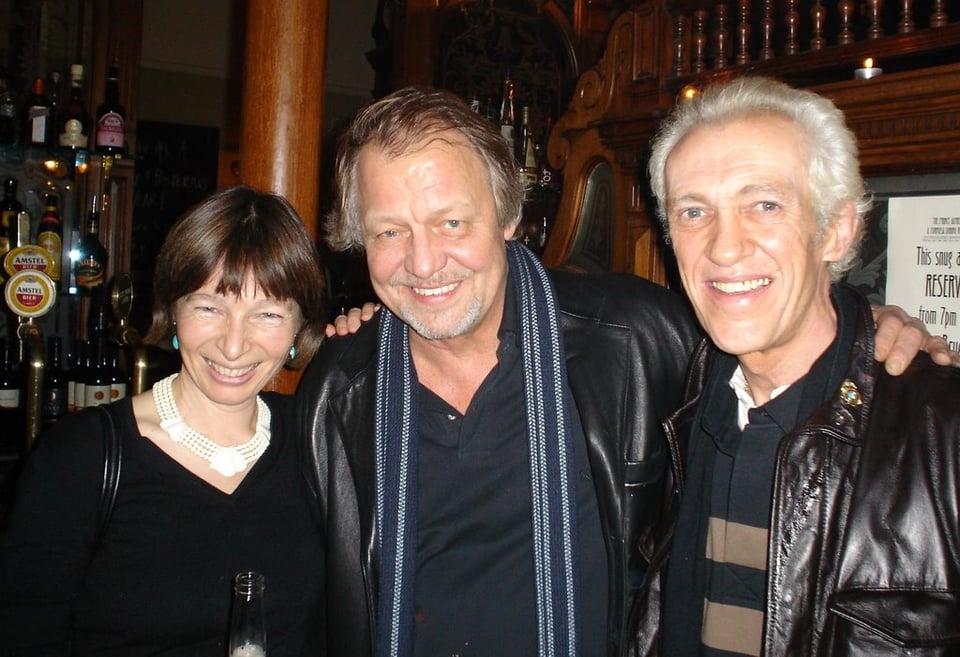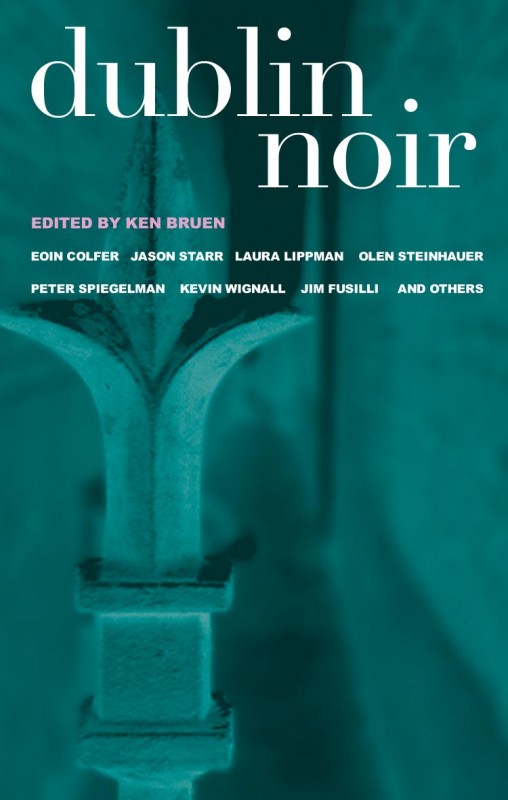The Crime Lady: Remembering Ken Bruen

Dear TCL Readers:
Ken Bruen died over the weekend, just seventy-four years old. There was no question that he had channeled every inch of his experience, every crevice where rage and feelings dwelled, into the dozens of novels, mostly crime and noir, he wrote over the course of more than thirty years. Learning of Bruen’s death catapulted me right back to the early-to-mid 2000s and what it felt like to read his best work, such as the early Jack Taylor novels (The Guards, The Killing of the Tinkers) The White Trilogy, and London Boulevard.
It felt electric. Bruen fused the American hardboiled novel with the rhythm of Irish poetry and drama (Samuel Beckett was a key influence) into something that sang almost in a different register — James Ellroy occupied the same musical stave, but having Los Angeles as a canvas yields more maximalist prose and scope than did Galway. Those early Bruen works were relentlessly copied, often by Bruen himself, that it’s easy to miss the sheer power those books possessed, zapping a genre that needed an infusion of something different at the time.
Bruen arrived on the American scene around 2003, when Minotaur Books started publishing the Jack Taylor series (Mysterious Press eventually took the series over; the last, Galway’s Edge, was released earlier this month.) He showed up at the Las Vegas Bouchercon and seemed shy and diffident at first and was a star, attracting throngs of admirers and drinking buddies, by the end of the convention. This was the same Bouchercon where I started telling people I was going to launch a blog about crime fiction, which I did when I got home.

A year later, in Toronto, a group of us sat around with Bruen at the hotel bar and drank late into the night. (He always drank less than met the eye, sticking to light American beers while the others downed shot after shot.) Almost all of us ended up contributing stories to the Akashic Books anthology Dublin Noir, which had the telling subtitle “The Celtic Tiger versus the Ugly American.”
Some of the writers had never been to Dublin. I’d at least managed a long weekend in August 2003, turning that time, and seeing so many bachelorette parties in drunken progress, into “Hen Night”, a weird tale that features the main character having a breakdown at the Irish Jewish Museum. How did this even happen? And yet, for twenty-something me at the beginning of her writing career, this serendipitous stroke was life-changing in a way I recognized, but couldn’t fully register. Bruen’s generosity seemed so casual, so random, but he would repeat acts of kindness towards many a writer.
Reading Bruen was like reading Paul Auster. The first book theirs you read is the most indelible, the one you think of as the best one (In my case, The Guards, for Bruen; Brooklyn Follies, for Auster.) Read too many in a row and the tricks and tropes and fallback mechanisms become all too visible, and then you need a long break before returning.
My break with Bruen happened around 2009-2010, around the time when I was starting to burn out on blogging, no longer in my twenties, and supposedly a more discerning reader. I would try more recent novels but they felt a quarter or even a half-tone off. Was it him, or me? A mix of both seems the likeliest answer.
Hushed whispers of truth-stretching about key biographical details in Bruen’s life made their way to my ears, too. What I’ll say now is that it mattered more to me then than it does now, less in a “print the legend” way and more in a “clearly some calamity and trauma influenced his work” way. And though he rarely discussed his home life, it was clear the needs of Bruen’s daughter, Grace, and the relentless quest by her mother, Phyl, to create a more equitable society for her, weighed upon him a great deal.
Rest in peace, and gra go mor. I’ll leave you all with the republication of Duane Swierczynski’s 2004 Hardluck Stories interview with Ken Bruen and the last lines he said: “I believe there are only two sins......to hinder the growth of another human being and to hinder my own growth.”
Until next time, I remain,
The Crime Lady